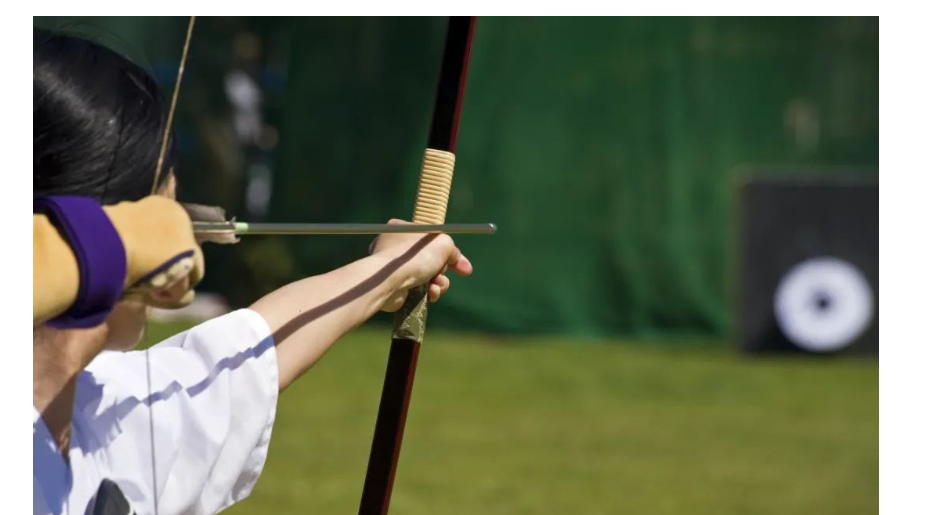Release time:2025-08-16 14:59:55Clicks:author:SPG ArcheryMain categories:Bows, Arrows, Archery Accessories

Key Archery Step 8: The Draw Arm
The correctness of the draw arm movement depends on, first, whether the longitudinal axis of the forearm is within or close to the arrow's plane, and second, whether it facilitates the activation of the back muscles. The following draw arm problems are common:
1. Shrugging The shrugging movement is caused by lifting the shoulders. When lifting the shoulders, the scapula rotates upward, which results in the scapula moving away from the spine. Shrugging the shoulders inevitably narrows the shoulder joint angle and lengthens the distance between the center of the shoulder joint and the radius, which inherently hinders the activation of the back muscles.
The main reason for the shrugging movement is that as the bow is raised, the shoulder rises with it. Although the shoulder collapses when the bow is raised, it rises again during the draw. Excessively forcing the forearm to be at the level of the arrow can unconsciously lift the shoulder.
The power source of the draw arm lies primarily in the rhomboids and mid-trapezius muscles. Therefore, the movement must be based on facilitating the smooth activation of these two muscles; otherwise, it will be a mistake. Correction Method: Focus on properly dropping your shoulders and lifting your elbows. When raising the bow, relax and stretch your shoulders thoroughly. When securing your string hand at the draw, avoid lifting your shoulders and ensure your shoulder blades rotate downward and draw toward your spine.
2. Protruding or concave wrist of the string hand
This is a common mistake, often made during beginners. Once established, it can be difficult to correct, so beginners should be especially careful to avoid it.
The main disadvantage of this mistake is that it causes stiffness in the string hand and forearm, directly impacting the use of the back muscles, straining the entire movement and leading to errors in the release. It also causes shrugging, making the entire bow arm appear tense, concentrating all the drawing force on the forearm and wrist.
Correction Method: Focus on properly dropping your shoulders and lifting your elbows. Its main advantage is that it facilitates the absolute use of the back muscles, transferring the bow's force to them. At the same time, the string hand can be brought as close to the neck as possible, increasing the shoulder joint angle and reducing the distance between the shoulder joint center and the radiocarpal joint center, thereby aligning the longitudinal axis of the forearm on or near the arrow's extension line.
Key Archery Step 9: Release
1. Hand Outward When Releasing (Arrow Impacts Off to the Right)
When releasing, the string hand moves away from the shooting plane and to the right of it. This changes the direction of force, causing the arrow to deviate to the right of the center of the target. This incorrect technique can be caused by: stiffness or a pause in the back muscles; the extensor muscles participating in the release force; the elbow not being pulled back in time when releasing the arrow; and the force being too far forward, resulting in an inward force during release.
Correction Method: During the bow draw and aiming process, the archer should maximize the relaxation of the forearm and wrist, eliminating the involvement of the extensor muscles and allowing the flexors to retreat. Simultaneously, the elbow should guide the string arm backward along the shooting plane, and the string hand should not leave the jaw or neck.
2. Hand Pulling Inward When Releasing the Arrow (Arrow Impacts Leftward)
This incorrect movement is caused by excessive stiffness in the back muscles, string arm, and hand. Pulling the hand inward is a similar error, but in the opposite direction. The correction method is essentially the same as for lifting the hand outward.
3. Hand Pressing Down When Releasing the Arrow (Arrow Impacts High)
The back elbow is too high above the arrow's extension line. The back elbow should be at a certain height when releasing the arrow, but not as high as possible.
Correction Method: Maintain horizontal force with the string arm throughout the entire movement.
4. Excessive Elbow Dropping When Releasing the Arrow (Arrow Impacts Low)
The archer pauses between aiming and continuing to exert force, causing the elbow to pull inward. The string hand moves too far during the release.
Correction Method: Strengthen the overall rhythm of the basic posture. Maintain the tension in the back muscles during and after releasing the arrow. The string hand's movement should be moderate.